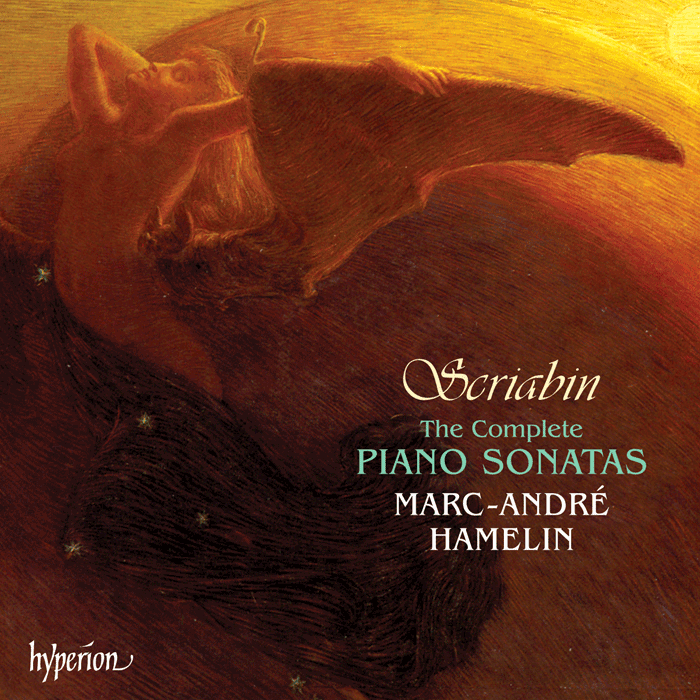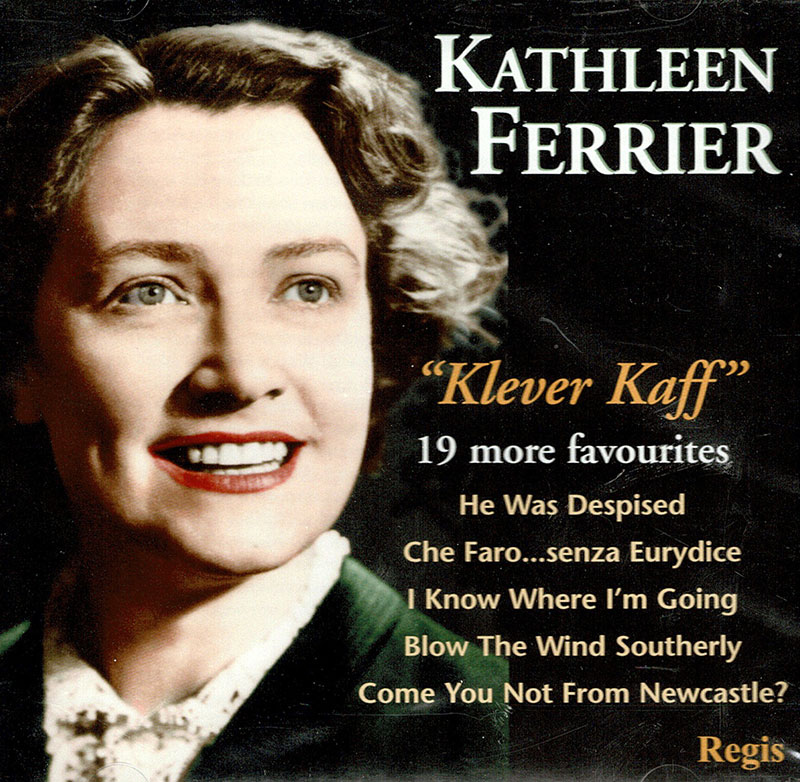Logowanie
Mikołaj - ten to ma gest!
Elton John, The Mamas & The Papas, Cat Stevens, Rod Stewart, Bobbie Gentry, Stevie Wonder, Engelbert Humperdinck
Memory Lane
Edycja Numerowana - 1000 egzemplarzy w skali światowej
RACHMANINOV, Eiji Oue, Minnesota Orchestra
Symphonic Dances / Vocalise
Best Recordings of 2001!!! NAJCZĘŚCIEJ KUPOWANA PŁYTA Z RR!
Karnawał czas zacząć!
Music of Love - Hi-Fi Latin Rhythms
Samba : Music of Celebration
AUDIOPHILE 24BIT RECORDING AND MASTERING
CHOPIN, LISZT, DEBUSSY, DVORAK, Gerhard Oppitz
Dances romantiques - A fantastic Notturno
Wzorcowa jakość audiofilska z Clearaudio
Winylowy niezbędnik
ClearAudio
Double Matrix Professional - Sonic
najbardziej inteligentna i skuteczna pralka do płyt winylowych wszelkiego typu - całkowicie automatyczna
SCRIABIN, Marc-Andre Hamelin
Complete Piano Sonatas
- Piano Sonata No 1 in F minor, Op 6
- CD1
- 1 Movement 1: Allegro con fuocoso [8:06]
- 2 Movement 2: [crotchet = 40] [4:55]
- 3 Movement 3: Presto [2:58]
- 4 Movement 4: Funèbre [5:34]
- Piano Sonata No 2 'Sonata-Fantasy' in G sharp minor, Op 19
- 5 Movement 1: Andante [8:41]
- 6 Movement 2: Presto [3:38]
- Piano Sonata No 3 in F sharp minor, Op 23
- 7 Movement 1: Drammatico [6:49]
- 8 Movement 2: Allegretto [2:28]
- 9 Movement 3: Andante [4:38]
- 10 Movement 4: Presto con fuoco [5:36]
- 11 Fantaisie, Op 28 [8:56]
- Piano Sonata No 4 in F sharp major, Op 30
- 12 Movement 1: Andante [3:30]
- 13 Movement 2: Prestissimo volando [4:28]
- CD2
- 1 Piano Sonata No 5, Op 53 [12:46]
- 2 Piano Sonata No 6, Op 62 [11:08]
- 3 Piano Sonata No 7 'Messe blanche', Op 64 [11:24]
- 4 Piano Sonata No 8, Op 66 [12:09]
- 5 Piano Sonata No 9 'Messe noire', Op 68 [8:40]
- 6 Piano Sonata No 10, Op 70 [12:56]
- 7 Sonate-fantaisie in G sharp minor, Op posth [7:25]
- Marc-Andre Hamelin - piano
- SCRIABIN
PREIS DER DEUTSCHEN SCHALLPLATTENKRITIK JUNO AWARD (CANADA) CLASSIC CD DISC OF THE MONTH CLASSIC CD 100 GREATEST DISCS OF THE DECADE CLASSIC FM MAGAZINE RECORD OF THE MONTH 'Hamelin's playing has superb authority and presence, and when required the greatest delicacy too. His amazing technical skill is completely at the service of the music. This is a major release' (Classic CD) 'Hamelin's playing enthralls the ear with its rounded, never-ugly tone, flickering fingerwork, and thunderous power. A sensational issue in every sense' (Classic FM Magazine) 'Hamelin rises to the challenges of this music with complete mastery. But his is more than a purely technical triumph (though the effortless of his playing has to be heard to be believed)' (BBC Music Magazine) 'Il a les doigts et la sensibilité, la clairvoyance aussi, qui lui permettent de trouver un lyrisme généreux' (Le Monde de la Musique, France) 'He commands the four qualities that a Scriabin interpreter must have: a feverish intensity, a manic vision, a sovereign and fastidious command of the pedal, and a huge dynamic range' (Gramophone) 'This is one of the most significant Scriabin recordings of recent years, as well as another triumph for Hamelin, who reveals as much affinity for this Russian mystic as he has for Alkan, Godowsky, Ives, and Bolcom on earlier discs ... Two more favorable elements must be noted: Hyperion's spacious and vivid recorded sound, and a really superb set of booklet notes by Simon Nicholls' (American Record Guide) 'Hamelin's revelatory cycle of the Scriabin sonatas takes top honors rather easily ... a vein that's rarely been mined - and never with such virtuoso perfection. The more you think you know about these scores, the more striking you're liable to find this set' (Fanfare, USA) 'Marc-André Hamelin is the most important interpreter of Scriabin's music to have come along in decades' (Clavier, USA) ---------------------------------------- Both as composer and virtuoso pianist, Scriabin was heir to the Classical and Romantic sonata tradition, but the transformation of this musical language in his own works was to be crucial for the survival of the sonata principle into the twentieth century. This set includes all ten of the 'mature' Sonatas, the Fantaisie, Op 28, and the youthful Sonate-fantaisie. This last, published only after the composer's death, shows an astonishingly sure hand developing in the fourteen-year-old.






























